India has a variety of silk fabric types since it has a rich culture and is a land of extraordinary diversity. The silks of India catch your eyes as soon as you look at them with their soft textures and appeal that their clothing styles and colorful attires. The fabric is usually used to make a variety of textiles that meet the clothing needs of people of all ages. Silk has long been enticing Indians with its gleaming appearance and having a smooth texture. To the point where India is now the world's uppermost consumer of this fabric. When it comes to the types of crepe silk fabric that have been produced in India so far, each region has its own distinguishable style. These fabrics are made of various types of natural silk. One of the best and rarest Indian silk is Muga.
Muga silk is one of the world's most valuable silks. It is well-known for its gleaming, glossy texture and long-lasting durability. The larva of a silkworm known as the Assam silkmoth produces this silk. Muga silk is one of the strongest natural fibers, having a distinct natural yellowish-golden tint in it. Muga silk, being one of the most expensive types of silk currently produced in the world, is used to make mekhela chador (traditional Assamese wear), sarees, kurtas, stoles, and other items of clothing. The silk fabric's traditional motifs and intricate patterns add to its beauty and demand. The fabric's uniqueness lies in the fact that it gets shiny with age and after each wash. Muga silk is also well-known for its long durability. It is often said that a muga silk fabric outlives the one who wears it. Eri silk is another kind of silk, also known as Endi or Errandi silk, is a type of silk made of the open-ended cocoons of domesticated silkworms native to Assam known as Samia ricini and Philosamia ricini. Because the silk is obtained without the death of the silkworm, it is also known as Ahimsa silk or peace silk. This is one of the reasons why Buddhist monks in India, China, Nepal, and Japan prefer to wear this silk because it is obtained without any violence. Tasar silk, also known as Kosa silk in Sanskrit, is also known as Tassar, Tussar, Tussah, Tussur, Tusser, or Tussore silk. West Bengal, Bihar, Odisha, Jharkhand, Chattisgarh, Madhya Pradesh, and Maharashtra are the primary producers of this variant.
Tasar silk is produced by the larvae of the silkworm Antheraea mylitta, which lives in the wild forests. This has earned the silk the moniker "wild silk." India is the second producer of Tasar silk. Plus, it is the only producer of Indian Tussar. Tasar silk is famous for its rich texture and its deep golden sheen. Sarees made from this silk are its most famous produce, though it is also used to create fabrics for furnishing, dresses and dupattas. Bhagalpur is in fact the name of a small town in Bihar, which is also known as the "Silk City" and is well-known for its Bhagalpuri silk sarees. To say the least, the intrinsic artwork that is noticeable in these sarees is stunning. Aside from the eye-catching motifs and designs, the multi-colored silk threads used to weave these sarees and give them a lively look and feel. Kosa silk is produced by Chhattisgarh which is a type of Tasar silk. The sarees made of this silk and liked for their distinguishable patterns and its beautiful designs being inspired by tribal stores and nature. The sarees made of traditional Kosa silk have dull golden hues. Natural dyes are used for coloring these Kosa silk yarns which leads to colorful sarees. Mulberry silk is the most popular and well-known type of silk produced in India. The main producers of this silk are the states of Tamil Nadu, Karnataka, Andhra Pradesh, West Bengal, and Jammu and Kashmir. Bombyx mori, a domesticated silkworm, produces this silk. Banarasi silk, also known as Benarasi silk, is one of the finest silk varieties produced in India. This silk draws attention due to the zari and brocade work in gold and silver thread on the fine fabric, which is primarily woven in the holy city of Varanasi or Banaras in Uttar Pradesh. Benarasi silk sarees are famous throughout the world for their opulence and exquisiteness. A Benarasi saree, with its vibrant colors, intricate designs, and immaculate embroidery in gold and silver threads, is often found in the trousseau of an Indian bride.
silk fabric
fabrics made of silks are one of the oldest and most valuable fabrics in the world. By obtaining the natural threads of the silkworm cocoon, soft and delicate yet strong and durable silk fibers can be produced. After obtaining the silkworm fibers, they color it, then it is spun with a machine and turns into thread, and finally fabric is produced from it. Silk fabric is popular with many people because of its smooth, shiny and durable texture. This fabric is one of the strongest manufactured fabrics available. The fibers of this type of fabric can be woven and processed in different ways. In fact, the weaving method of silk fibers determines the type of texture, its appearance and its application. Silk thread is the strongest natural protein fiber, and it can be combined with fibers from other materials to create diverse and strong fabrics. Since silk can be used in the production of various products, this fiber has practically infinite uses. Clothes made of velvet silk fabric are usually considered the best and highest quality type of clothes in the fashion industry. Of course, these clothes have exorbitant prices.
Silk ties and scarves are the best types. Because this fabric is so strong and durable that wearing it for various times will not damage it. Many formal dresses, such as bride and groom dresses, are sewn from beautiful silk fabrics and give the bride and groom a stylish and magnificent look. By combining silk and cotton fibers, a strong and more resistant fabric can be produced. This type of fabric is very widely used in the production of sports clothes. Silk fabric is also used for home furniture. Bedspreads and pillowcases and silk curtains are good examples of this. The antibacterial properties of silk cloth have made it possible to use this cloth for medical purposes, especially in the production of artificial veins, suture thread, and bandages for wounds and burns. In addition, woven silk fibers are combined with other materials and used to produce parachutes and bicycle tires. Silk thread is used to weave beautiful and unique carpets. Iran is one of the best producers of handwoven silk carpets. Silk is one of the best features of silk yarn and fabric. 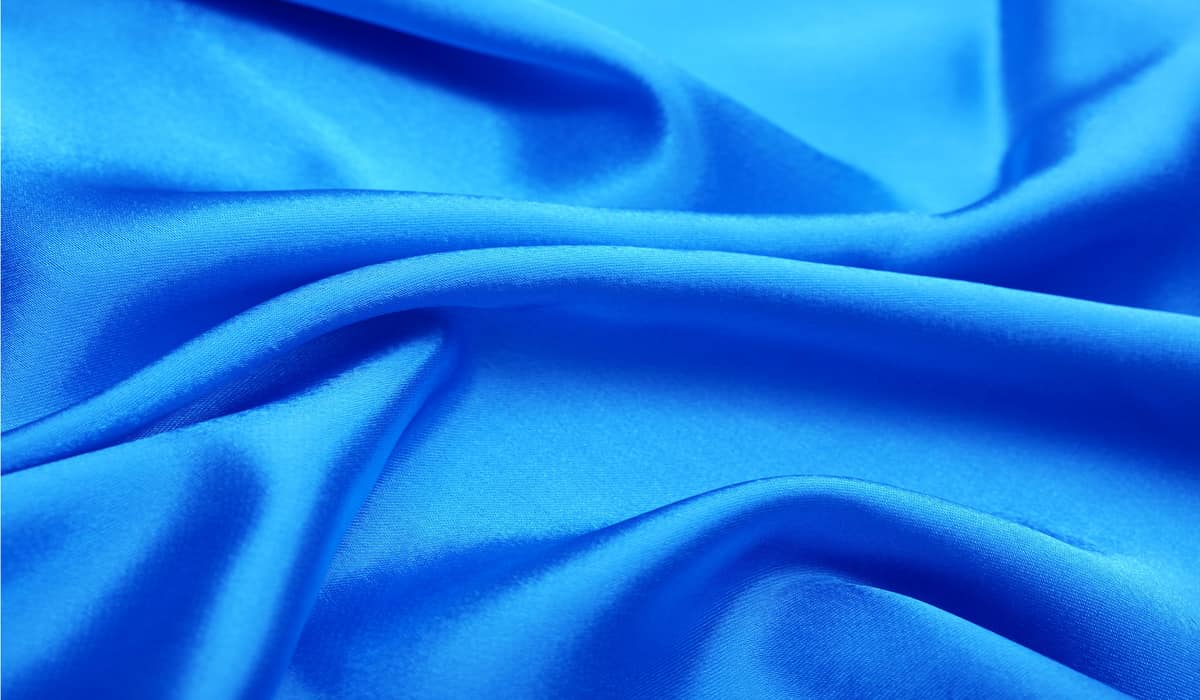 At first glance, it may seem that silk fabric is very delicate and fragile. But this fabric is one of the strongest fabrics in the globe. Silk thread owes part of its strength to the length of the thread. The silk thread produced from the cocoons of the mulberry silkworm is very long. But cotton and linen fabrics are produced from the short threads of these plants. The threads are twisted and turned into long threads and finally woven into cloth. But the texture of silk fabric requires a difficult and delicate process, and because of this, its price becomes expensive. The other great thing about silk is that it is light and breathable, and when you're wearing silk all day, you're less likely to get too hot. Furthermore, silk fabrics almost retain their shape. If you stretch them for and then release them, they will revert back to their previous state. Of course, you should not stretch this fabric too much. Silk absorbs some moisture. Of course, water reduces the strength of this fabric and you should be careful when washing it.
At first glance, it may seem that silk fabric is very delicate and fragile. But this fabric is one of the strongest fabrics in the globe. Silk thread owes part of its strength to the length of the thread. The silk thread produced from the cocoons of the mulberry silkworm is very long. But cotton and linen fabrics are produced from the short threads of these plants. The threads are twisted and turned into long threads and finally woven into cloth. But the texture of silk fabric requires a difficult and delicate process, and because of this, its price becomes expensive. The other great thing about silk is that it is light and breathable, and when you're wearing silk all day, you're less likely to get too hot. Furthermore, silk fabrics almost retain their shape. If you stretch them for and then release them, they will revert back to their previous state. Of course, you should not stretch this fabric too much. Silk absorbs some moisture. Of course, water reduces the strength of this fabric and you should be careful when washing it. 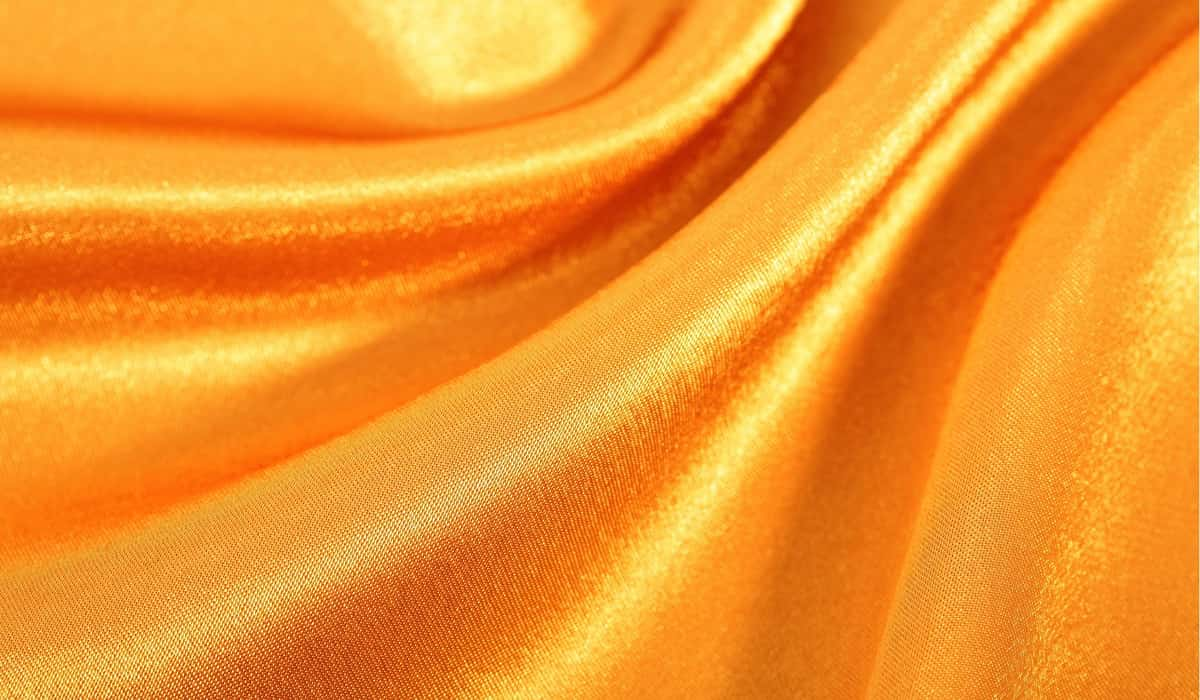
Silk fabric types
Silk fabric similar to other fabrics has several types. In this article we will introduce different variants of silk fabric.
- Mulberry Silk
The most straightforward and affordable type of silk fabric is mulberry. Mulberry silk, which makes up the majority of the world's supply of this fabric, is renowned for its strength, softness, and durability.
- Erik Silk
Eri silk is also known as "peace silk" because it doesn't require the killing of silkworms to produce fabric. Eri silk is a heavy fabric that is even more resilient than mulberry silk, despite the fact that very little of it is produced worldwide. This type of silk is occasionally referred to as "castor silk" because eri silkworms inhabit castor trees.
- Tasar Silk
Tasar silk is the second most produced type of organza silk fabric after mulberry silk. This type of silk is produced by wild silkworms that are indigenous to India. Tasar silkworms are also found in Japan, but the silk that they produce is green.
- Spider Silk
Certain types of spider silk are extremely tensile, but spiders cannot be bred in the same way that silkworms can. As a result, spider silk is prohibitively expensive to produce, rendering it unsuitable for textile production. Instead, spider silk is used to manufacture bulletproof vests, microscopes, telescopes, and other industrial or niche products.
- Muga Silk
Muga silk fabric is produced only in the Indian state of Assam, and muga silkworms are semi-domesticated. While muga silk is not widely known outside of Assam, generations of Assamese have made muga silk garments for the region's nobility.
- Sea Milk
A species of mussel native to the Mediterranean Sea produces a silk-like fiber in small quantities. Taranto, Italy, has domesticated these mussels, and the town produces small quantities of sea silk fabric, also known as "mussel silk."
- Coan Silk
Pacypasa atus is a silkworm species that produces coan silk, which is native to Greece, Turkey, and Italy. While coan silk was widely used in Ancient Rome, coan silk fabric production today is limited, and this type of silk is primarily used to strengthen other types of silk fibers. 
silk fabric in india
Silk fabric is largely produced in India. In fact, after China, India is the world's second-largest producer of raw silk. The country is unique in that it is the only country in the world that produces five different types of silks. Mulberry silk is primarily produced in the southern states of Karnataka, Tamil Nadu, and Telangana, while non-mulberry silk varieties such as Tussar are produced in Chhattisgarh, Jharkhand, Odisha, and West Bengal. Moga silk is indigenous to Assam, while Eri silk is grown in Meghalaya and Nagaland. Mulberry silk accounts for nearly 70% of total silk production in India, with Karnataka leading the way in mulberry silk production. 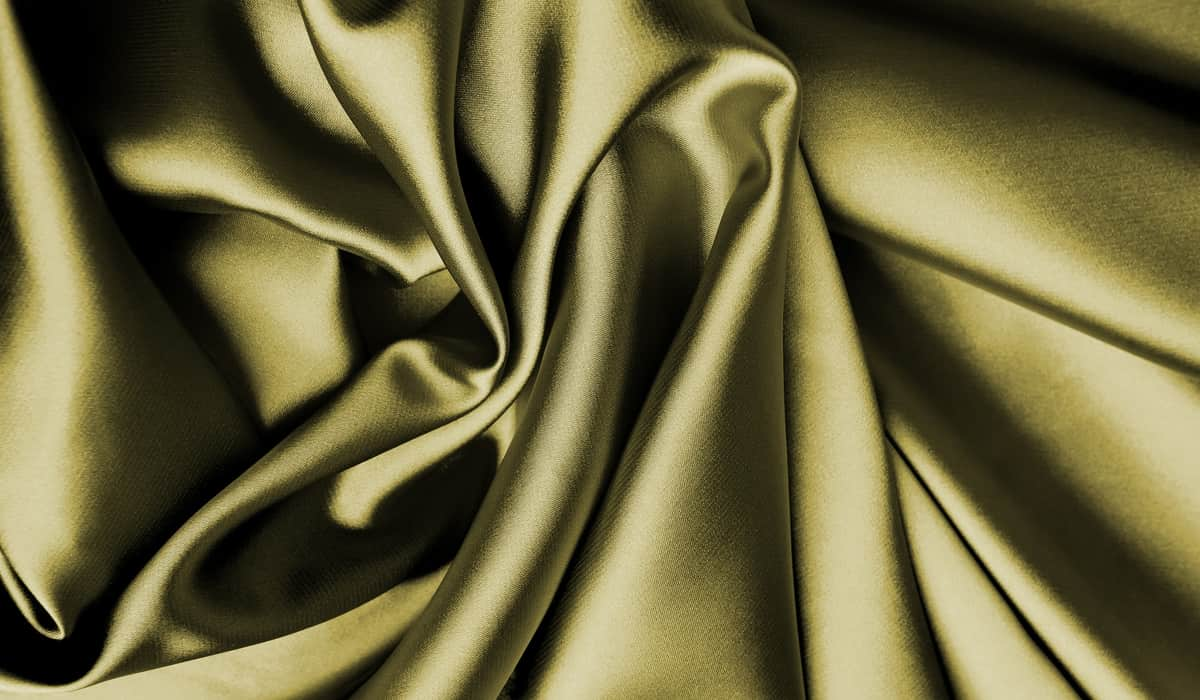 Here are the top kinds of silk fabric:
Here are the top kinds of silk fabric:
- Tanchoi Silk: A weaving technique that incorporates silk from both India and China.
- Garad Silk: Garad is a type of silk from West Bengal that is distinguishable by having red border and small paisley motifs. The silk fabric used to weave Garad sarees is created by weaving silk yarns close together, which imparts a fine texture.
- Jamawar Silk: Jamawar Silk type is a tainted version of Pashmina silk that contains a cotton and wool mixture. This is commonly used in the weaving of shawls used in winter.
- Matka Silk: A rough handloom silk fabric produced primarily in Karnataka and Kashmir from the waste of Mulberry Silk without removing its gum (sericin).
- Banarasi/Benarasi Silk: It is a high quality silk variant originating in the lands of Beneras or Varanasi, and it is acknowledged for gold and silver brocade and zari work on the fabric like surge fabric .
- Mulberry Silk: This type of silk is the purest form of silk extracted from silkworms, being available in yellow, white, or greenish yellow.
- Murshidabad Silk: This type of silk is produced in East India's "Silk Mecca"
- Bangalore Silk: Bangalore silk is produced in the silk farms of Bangalore and it is known for having simplicity and purity.
- Angora Silk: Angora silk yarn is typically known for having a delicate texture and it is made of the fur of the meek 'Angora' rabbit.
- Silk Embroidery: There are complex patterns which are embroidered in silk on a variety of fabrics.


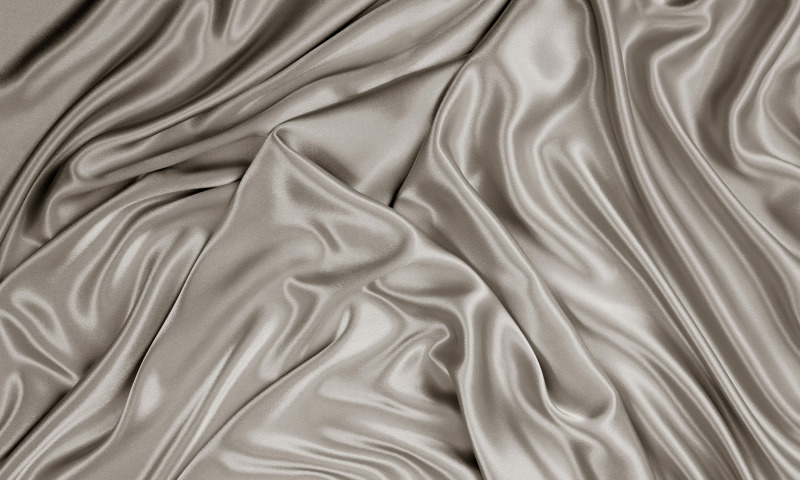
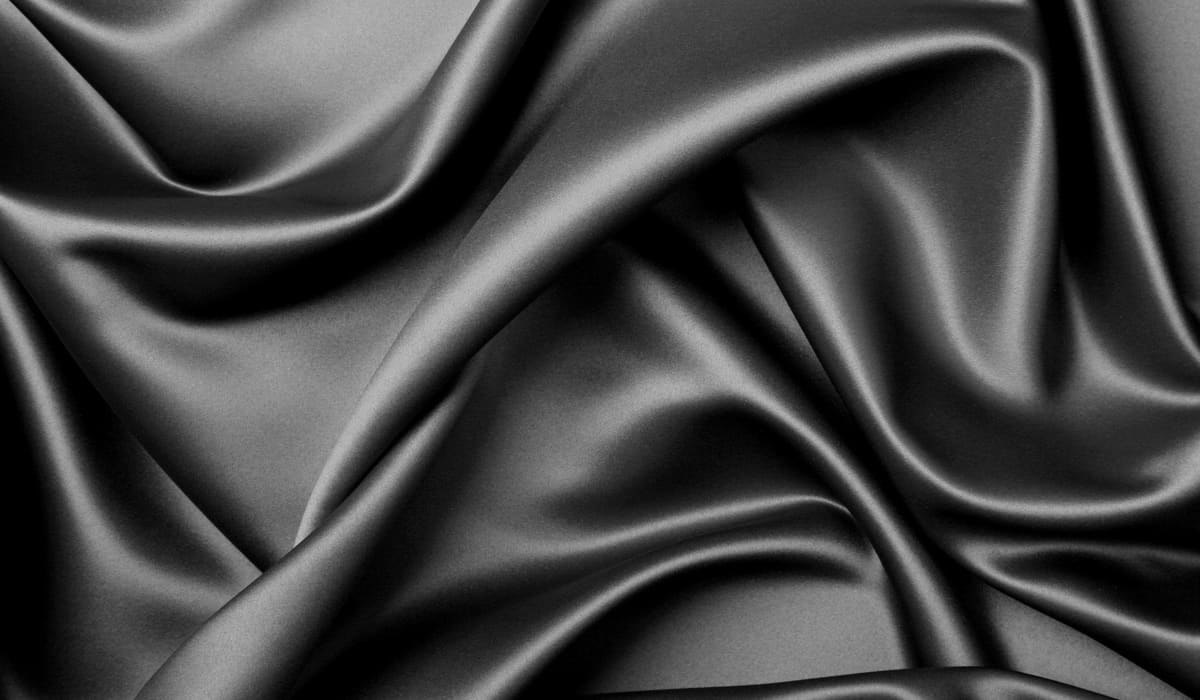
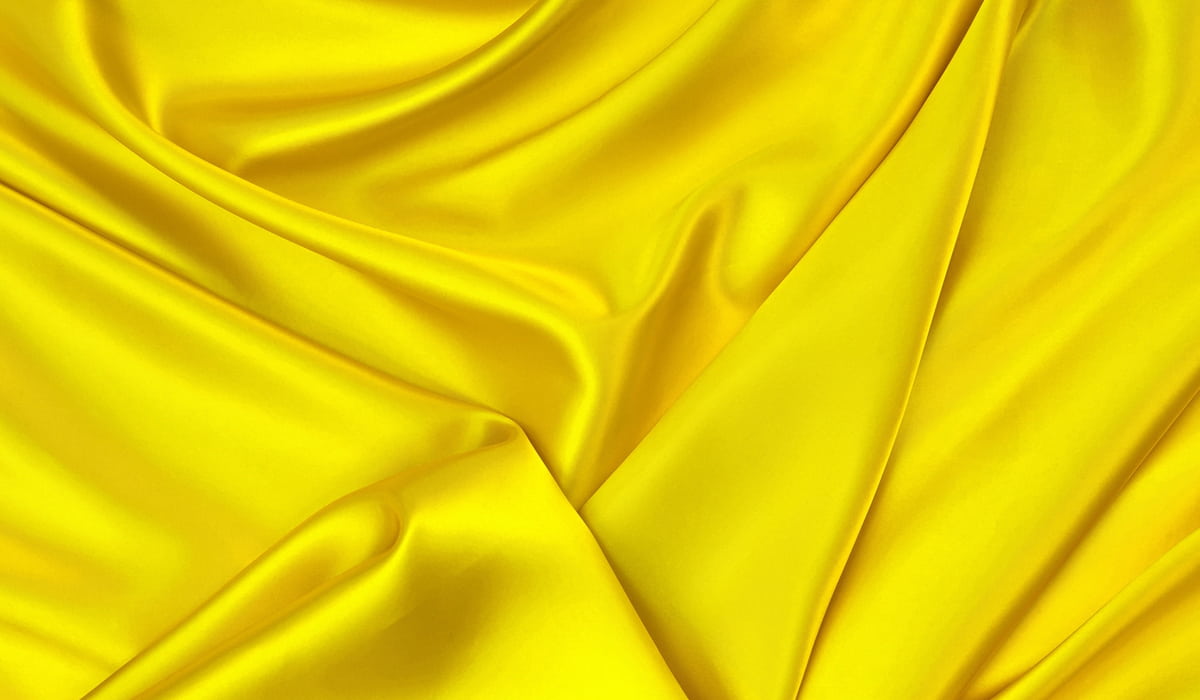
0
0